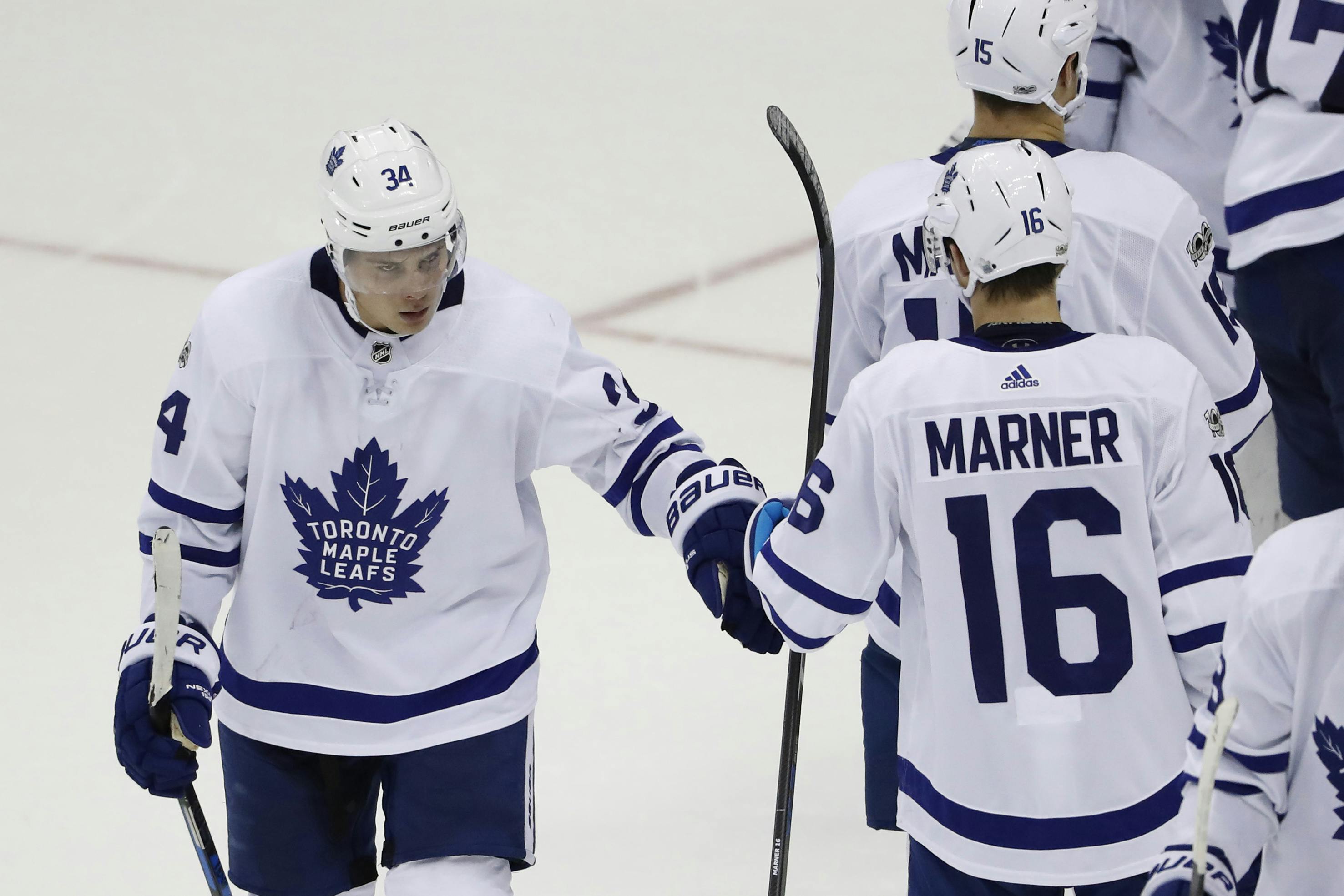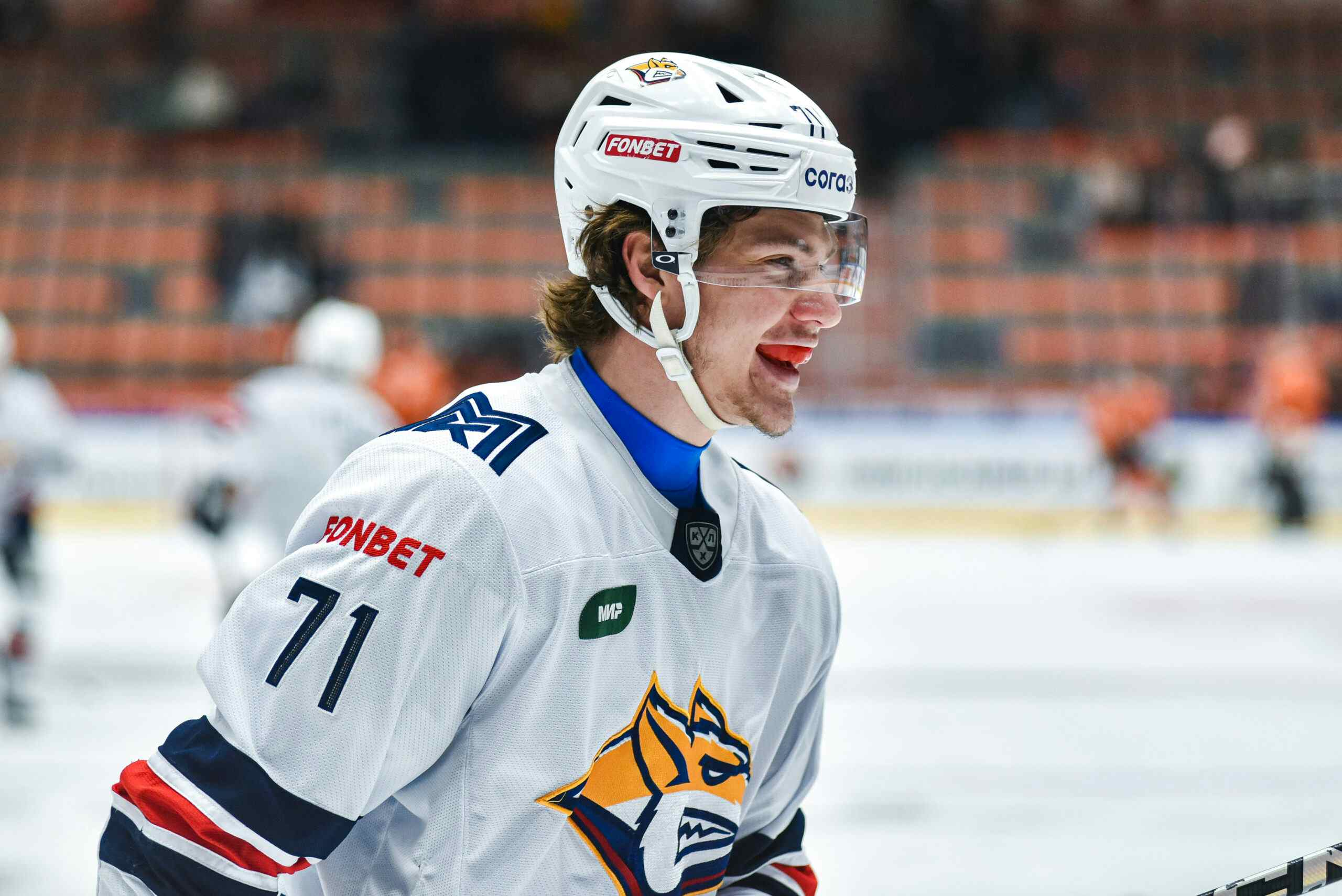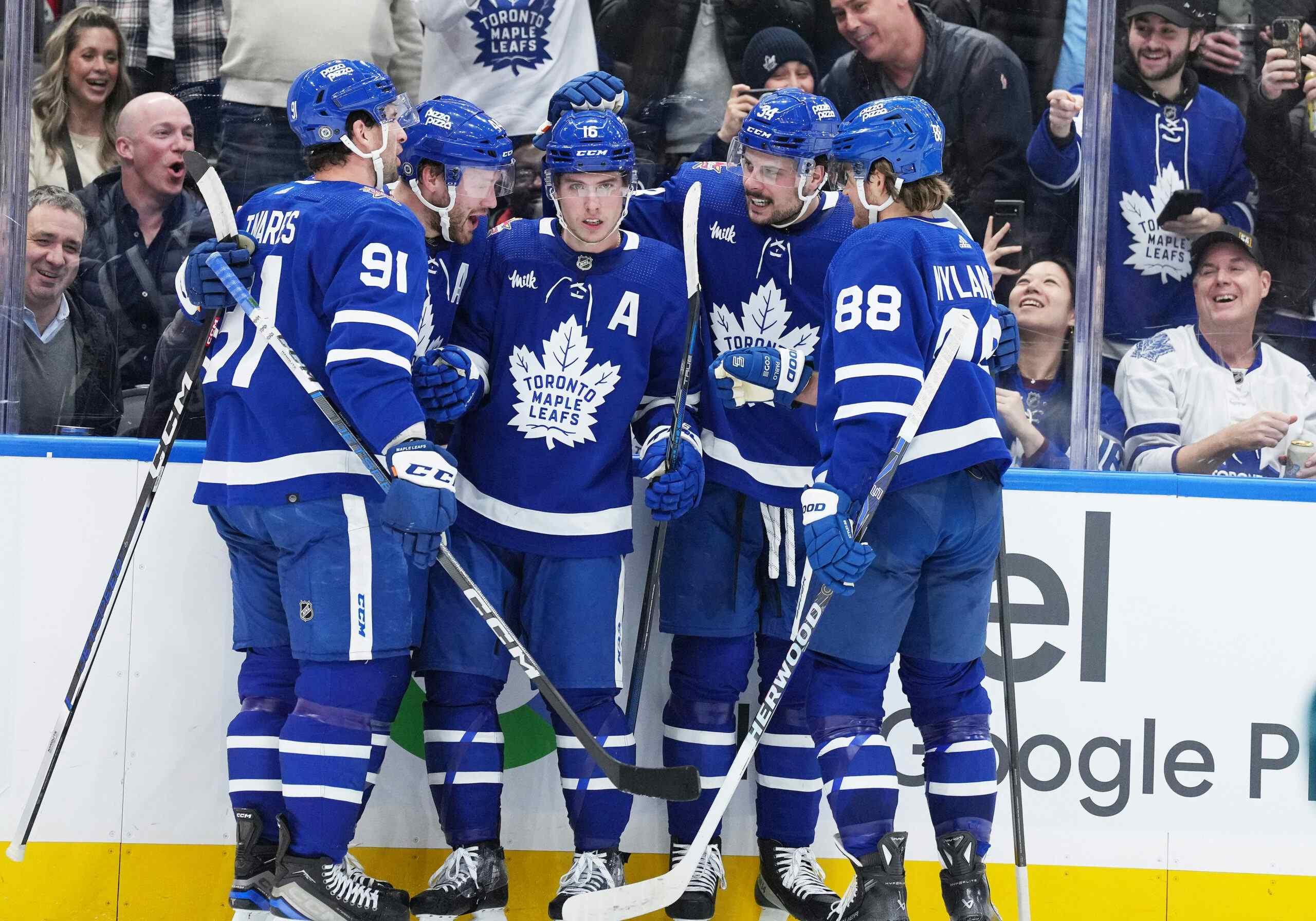How Have The Big Three Improved Since Last Season?

By Ziggy
6 years ago There was a time not so long ago when Leafs players were breaking franchise records for rookies so often it was difficult to keep up. Led by the trio of Matthews, Nylander, and Marner, the influx of young talent helped the Leafs make the playoffs and take the Capitals to Game 6. Fast forward to today, and the Big Three have another full NHL season under their belts. I thought now would be a good opportunity to check in on their progress. In this post, I’ll use data from Corsica.hockey to highlight some noticeable changes in their stats from the 2106-17 season to the 2017-18 season. Hopefully we can identify the areas in which they have made the biggest strides and determine what they say about the future.
Auston Matthews:
The first thing I noticed about Matthews’ progress since last year was his passing. At 5v5, he jumped from 0.41 primary assists per hour last season to 0.91 this season. That comes out to an extra 10 primary assists over an 82 game season with the same amount of 5v5 ice time he received this season. On the powerplay, Sophomore Matthews had 1.02 fewer primary assists per hour than Rookie Matthews. That sounds huge, but keep in mind that sample sizes on the power play are small. The main takeaway is that Matthews earned 29 assists both years, despite playing 20 fewer games this time around AND being noticeably less productive on the powerplay. If that isn’t a sign of progress, then I don’t know what is.
On the flip side, a less optimistic aspect to note about Matthews concerns the rate at which he’s scoring at 5v5. Take a look at his scoring rate and expected scoring rate for each of his first two seasons:

Looking at his rookie season, if you take his scoring rate and subtract his expected scoring rate, the number you get is 0.23. This means he scored 0.23 goals per hour above what you’d expect according to Corsica’s expected goals model, which accounts for the locations of his shots. This season, that number jumped to 0.68. So in the 62 games Matthews played as a sophomore, he scored 26 goals at 5v5 when he was expected to score only 16. Over an 82 game season, the difference is 14 goals above expected.
That does not seem completely sustainable, especially once you notice that his 5v5 shooting percentage increased from 13.5% last year to 18.6% this year. The only forward with at least 100 shots and a higher shooting percentage than Matthews is William Karlsson at 20.5%. Before you yell at me, I am well aware that Matthews and Karlsson are very different stories. Unlike Karlsson, some of Matthews’ high shooting percentage is driven by skill and experience. Common sense says that at this point in Matthews’ career, the more he plays, the better scorer he becomes. In that case, Matthews can sustain a higher shooting percentage (within reason) and he can get away with surpassing his expected scoring rates by a larger margin than he did as a rookie. But do the numbers confirm this conventional wisdom?
On one hand, the assumption that Sophomore Matthews is a better scorer would lead you to believe that he would not need to shoot as often as Rookie Matthews’ 18.1 shots per hour (i.e. iCF60). Indeed, Matthews only took 15.6 shots per hour this season. But he is not picking better shooting locations, because his expected scoring rate actually decreased since last year, from 1.29 to 1.01 expected goals per hour. Perhaps passing data or video analysis can paint a different picture, but there’s nothing here to suggest that skill played a larger role than luck in his scoring surge. He is shooting less, scoring more, and there isn’t enough evidence to say it’s totally sustainable. There is no doubt that Matthews is elite at 5v5, but he is probably not this elite.
Ultimately, Sophomore Matthews is a better passer, an elite scorer, and he is bound to see more power play time next season once JVR and/or Bozak are gone. Increased power play production would replace any 5v5 production he might lose to due regression. I’m not worried about Matthews’ progress at all, and neither should you.
William Nylander:
The unfortunate thing about many hockey stats we use to evaluate individual players is that they are measured on the team-level, meaning that news about one player is sometimes news about his linemates too. While Matthews led all forwards in 5v5 adjusted PDO at 107.26 this season, Nylander’s 106.1 was second. Nylander’s shooting percentage did not change dramatically this season, so this just looks like a rare downside of playing with Auston Matthews, if you could even call it that. PDO benders are unsustainable, but these results are so extreme that even downward regression would probably still leave the Nylander-Matthews-Hyman line with a PDO above 100. That’s a good thing.
Like Matthews, Nylander also saw a bump in his 5v5 primary assist rate this season, going from 0.51 to 1.12 primary assists per hour. Nylander also improved both sides of his penalty differential, going from -0.51 per hour to +0.32. Everything else for Nylander was generally the same across both seasons. All signs indicate that Nylander is progressing the right direction.
Mitch Marner:
Mitch Marner led the Leafs in scoring this season, despite his individual stats not changing too much. As you can see below, Marner’s 5v5 production relative to the league was slightly worse this year, but it’s nothing significant.

Marner made up for it by being an integral part of the most lethal power play unit in the league, though. The most significant change for Marner was courtesy of Mike Babcock; Instead of being stuck with JVR and Bozak all season, as he was as a rookie, Marner was placed with Kadri and Marleau halfway through this season. Playing in a less sheltered role, Marner’s offensive zone starts dropped by 13% but his line (with Kadri and Marleau) still controlled 51.45% of the shots. We can’t really make any significant conclusions from that alone, other than to say that with the right linemates, Marner doesn’t need to play a sheltered role. If JVR and/or Bozak are gone next season, it will be interesting to see how Marner’s power play role changes as a result.
Conclusions:
I threw plenty of numbers at you in this piece, so here’s brief recap of the main takeaways. Auston Matthews had a noticeable increase in his primary assist rate at 5v5 this season, but his 5v5 scoring rate might not be as sustainable as many people think. Fortunately, any downwards regression should be offset by more powerplay production once JVR leaves. Matthews and Nylander led all forwards in adjusted PDO at 5v5 this season, which is something to keep an eye on if their line stays together next season. With Hyman, they look like a line that can sustain a PDO above 100 in the long-run. Nylander had a positive penalty differential at 5v5 this season, so lets hope that’s sustainable too. As far as Marner is concerned, he proved he can handle tougher assignments with Kadri and Marleau. This bodes well for a future without JVR. Going forward, the Leafs will almost certainly become more reliant on the Big Three to produce offence if they don’t sign JVR this offseason. Based on these trends, they look like they are up to the task.
Recent articles from Ziggy





